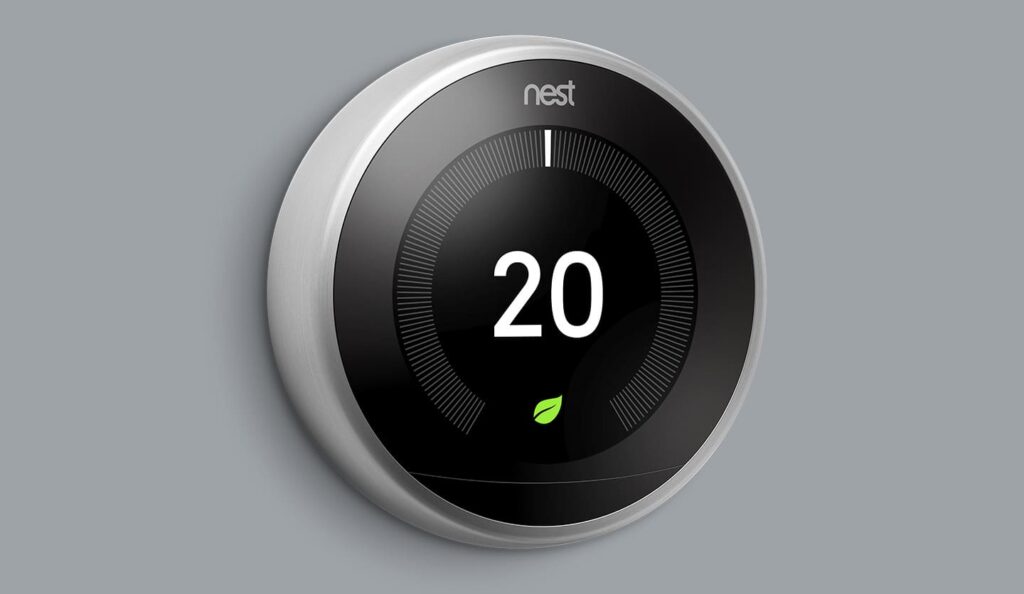
One issue that Nest thermostat users might come across is the detection of a difference between the temperature displayed on the thermostat screen or app and the actual temperature inside the house.
Wrong temperature readings can be caused by many reasons, including improper placement of your device, dirty thermostat, wiring issues, dead batteries, or hardware damage.
The importance of calibrating your Nest Thermostat cannot be overlooked. Doing so ensures its accurate readings, allowing you to maintain a comfortable indoor temperature while optimizing energy efficiency.
Sommaire
How to check the Nest Thermostat temperature accuracy?
To check the accuracy of your thermostat you need first to measure the room temperature with another device and then compare it with your Nest thermostat.
Measuring room temperature is actually really easy to do. You can choose a thermometer that you keep in the center of the room to provide a temperature reading, or you can download an app to your smartphone that can measure room temperature.
After that compare the temperature provided by the thermometer or your smartphone to the temperature shown on the thermostat and see if there’s a big difference (According to experts, less than 3°C isn’t a big difference you should care about).
Reset the Nest Thermostat.
Factory reset is the easiest way to calibrate the thermostat, this process will restore your device to its original factory settings and help it fix issues and make it feel new again.
Here’s how to reset your Nest Thermostat:
- Press your thermostat ring to open the Quick View menu.
- Choose the Settings Nest settings icon.
- Turn the ring to Reset and press to select.
- Then select All Settings to reset all your Nest thermostat settings (You should remove your thermostat from your account before using this option to reset to defaults).
If the factory reset process didn’t solve the issue read the next section to understand the root cause of the wrong temperature readings.
Why Nest thermostat is reading the wrong temperature and how to fix it?
We have already mentioned the reasons that lead to false temperature readings and in the following sections, we will explore them in more detail as well as provide solutions to fix them.
Reason 1: Nest Thermostat Placement.
Placing your Nest Thermostat in a location where it will be exposed to sunlight for several hours a day will cause it to read a higher temperature than normal.
This will cause the thermostat to run the cooling system more often in the summer or run the heating system at a lower temperature in the winter, which can disrupt your comfort and increase energy consumption.
Sunlight isn’t the only factor when choosing the best location for your device, other factors such as proximity to heating and cooling appliances or placing your thermostat next to the kitchen or windows also cause false temperature readings.
So be sure to consider these factors when installing your Nest Thermostat in order to choose the best location for your gadget to work properly.
Reason 2: Dirty Thermostat.
Keeping your Nest Thermostat clean is also a good thing to do when your device is reading the wrong temperature, as dust and dirt particles can collect on the sensors and lead to inaccurate readings.
Use a microfiber cloth, this super-soft cleaning cloth is woven from microscopic fibers that attract dirt and suck out germs and bacteria with their magnetic charge.
Note: Do not rely on rough components when cleaning your thermostat and don’t use a vacuum cleaner.
Reason 3: Dead Batteries.
Battery performance is critical to keeping your Nest thermostat running smoothly, so if you’re using exchangeable batteries, be sure to change them at the right time with a battery from a good brand.
If you use a thermostat with rechargeable batteries, be sure to recharge it before it dies completely.
I have already written an article about Nest thermostat batteries here’s the article to learn more about this topic: “Nest Thermostat Batteries (All You Need To Know)”.
Reason 4: Wiring Issues.
It is very important to properly wire your Nest Thermostat in order to increase its performance and efficiency when managing your HVAC system.
Cut the power by turning off the circuit breaker and then remove your thermostat and check to see if your wires are properly inserted and not damaged or cut.
Check if there’s any corrosion or dirt in the wires and make sure to remove them because it can increase the resistance in an electrical circuit, excessive resistance in the circuit can and usually will cause voltage problems.
Reason 5: Hardware damage.
If you notice that all previous solutions didn’t solve the problem and the difference between the ambient and the thermostat temperature is still significant (above 3°C), then the issue may be coming from the hardware in this case contact the Nest technical service to get further assistance and if your device is still under warranty they can replace it or fix it.
Final Words.
Calibrating your Nest thermostat each season is good to keep it running smoothly and reduce your energy bills and increase comfort and convenience at the same time, I recommend hiring an expert to do that if you’re not a handy person or to avoid electrical shock or damage to your device.
- Does Ring Camera Work Without Subscription? - January 23, 2024
- How To Secure Ring Camera From Hackers? - January 15, 2024
- Ring Camera Not Picking Up Motion? – (Here’s The Solution). - January 11, 2024



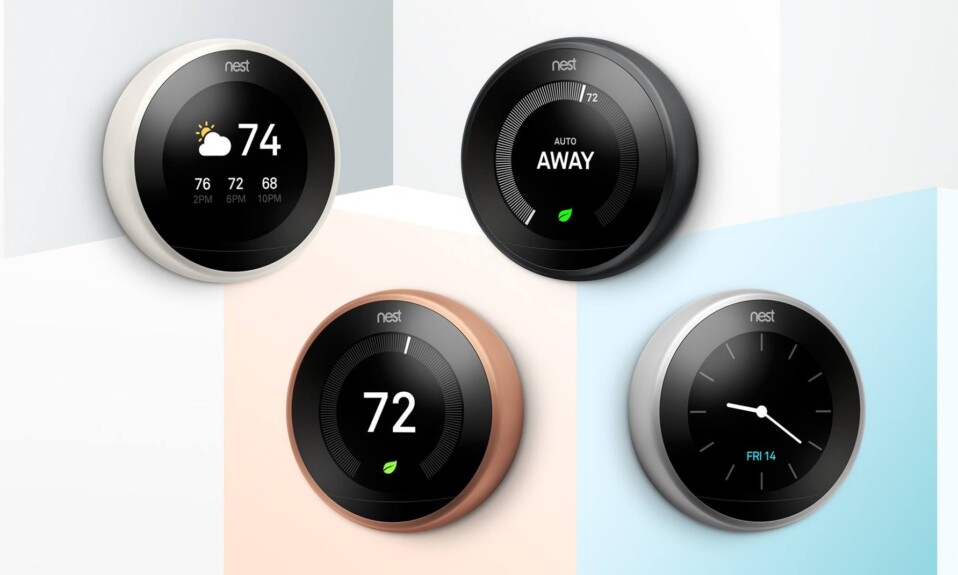

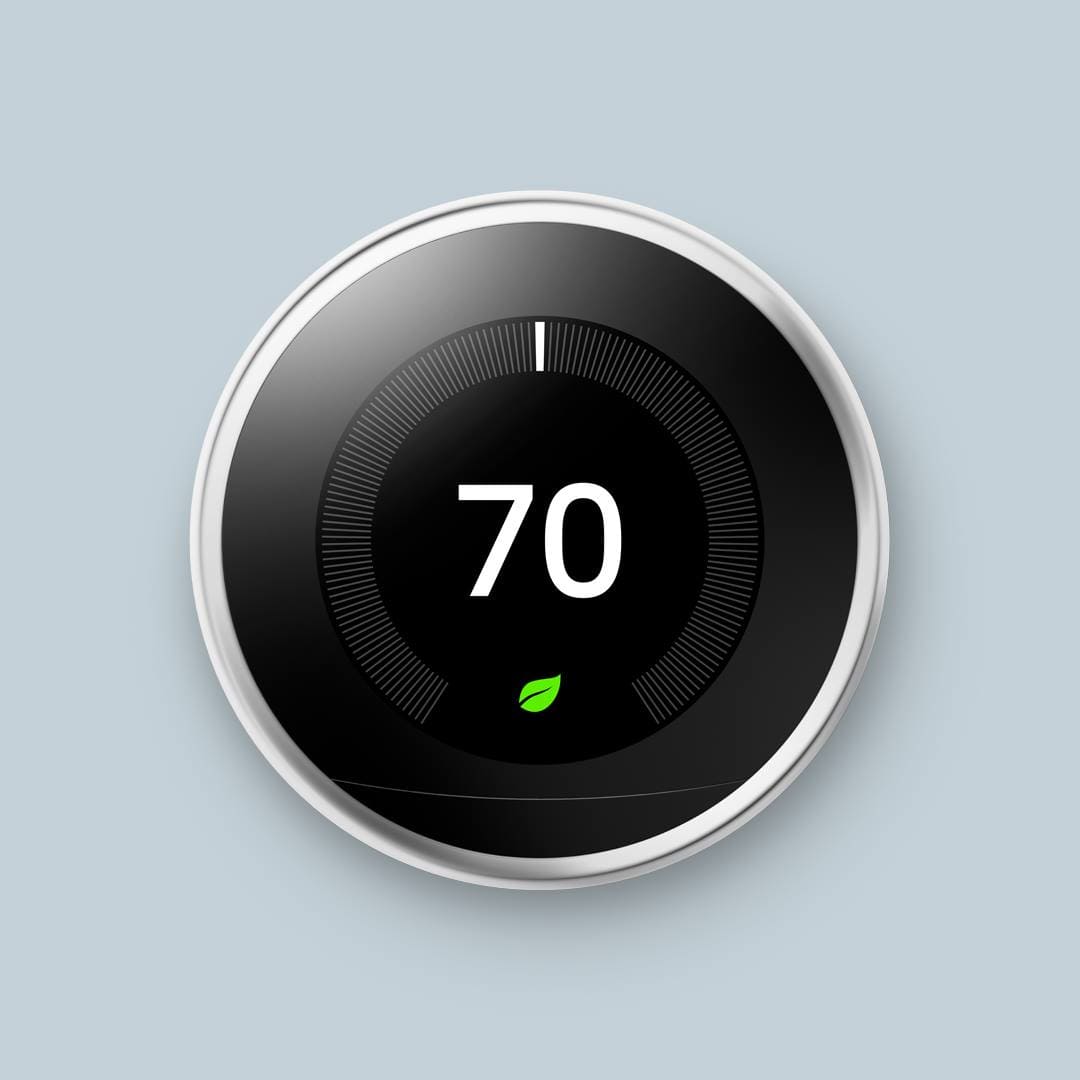


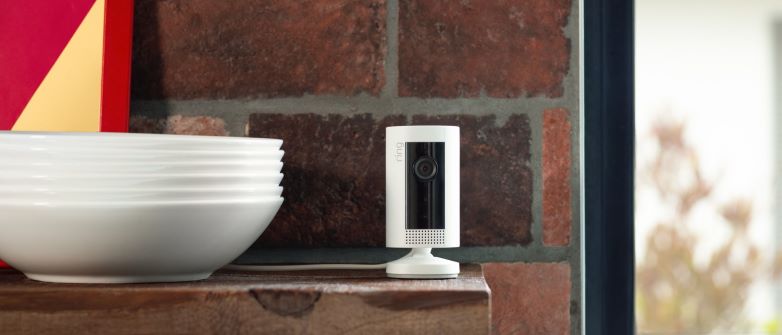
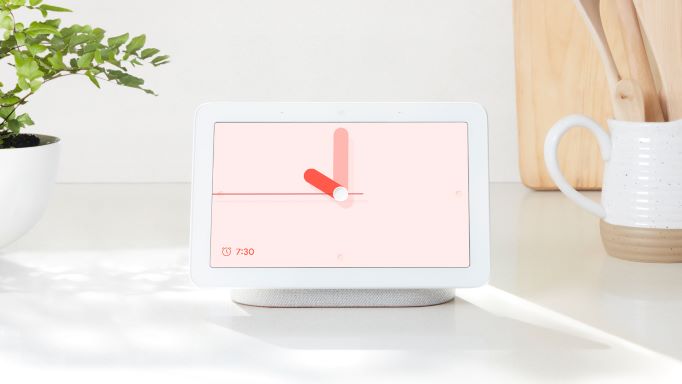
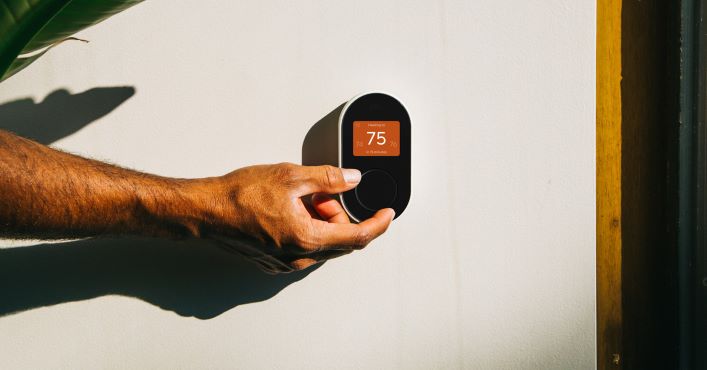
2 Comments
Comments are closed.